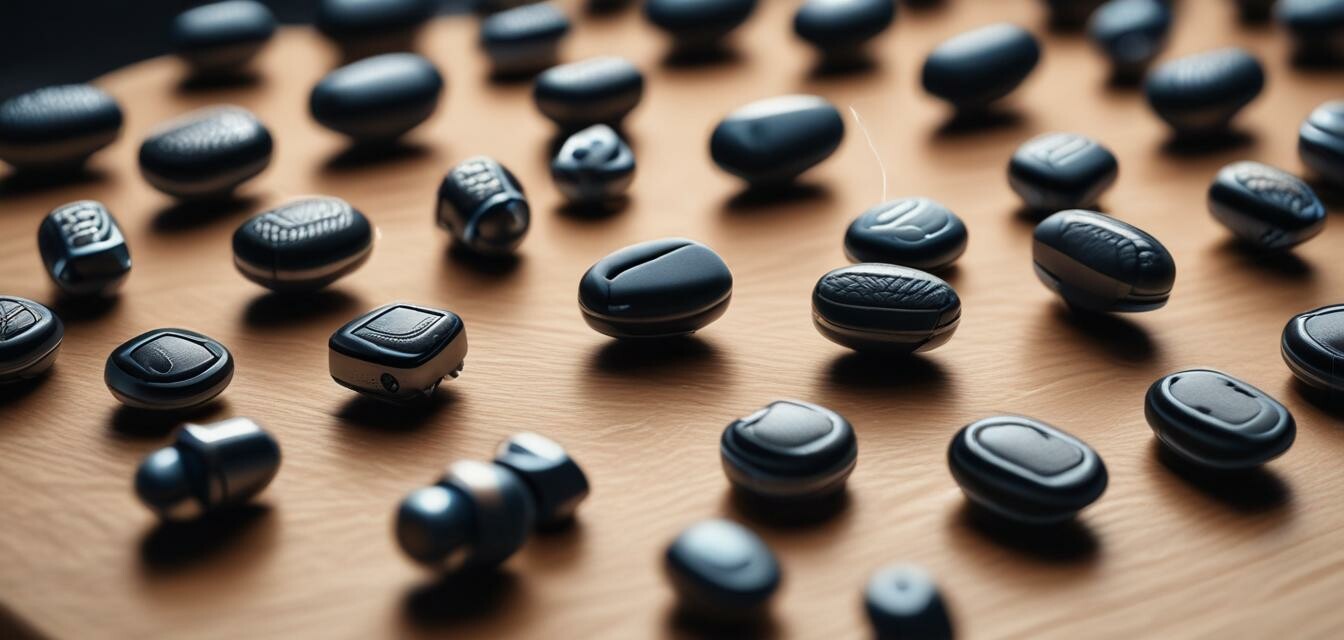
How to Properly Fit In-Ear Monitors for Comfort
Key Takeaways
- Choosing the right ear tips is crucial for comfort and sound isolation.
- Proper hygiene and maintenance can improve the longevity and performance of your in-ear monitors.
- Adjusting your in-ear monitors can greatly enhance sound quality, leading to better performance.
- Finding the perfect fit may require trial and error, but is essential for an optimal audio experience.
In-ear monitors (IEMs) have become a staple for drummers seeking to enhance their sound experience. However, a common challenge for many musicians is ensuring that these devices fit properly. A proper fit not only enhances comfort but also significantly boosts sound quality. In this article, we'll go over the essential tips to fit your in-ear monitors correctly, ensuring you get the most out of your listening experience.
Importance of a Good Fit
Fitting your in-ear monitors correctly is crucial for several reasons:
- Sound Isolation: A proper fit helps block out external noise, allowing you to hear your music clearly.
- Comfort: Well-fitted IEMs should feel secure without causing discomfort during long sessions.
- Sound Quality: Incorrect fitting can lead to poor sound reproduction, affecting bass response and clarity.
Choosing the Right Ear Tips
The choice of ear tips plays a significant role in achieving a good fit. Here are some tips to consider:
| Tip Type | Description |
|---|---|
| Silicone Tips | Flexible and come in various sizes; good for general comfort. |
| Foam Tips | Conform to the shape of your ear canal; often provide better isolation. |
| Custom Tips | Created from a mold of your ear; offer the best fit and sound quality. |
Trial and Error
Finding the right ear tips can be a process of trial and error. It's advisable to try different sizes and types to see which provides the best fit and comfort for your ears.
Ensuring Proper Hygiene
Maintaining hygiene is vital, especially when using in-ear monitors for prolonged periods. Here's how to keep your IEMs clean:
- Regularly clean the ear tips with warm, soapy water.
- Inspect for any earwax build-up and remove it carefully.
- Avoid sharing your ear monitors with others to prevent ear infections.
Adjusting for Comfort
Once you have your ear tips sorted out, make sure you adjust the in-ear monitors for comfort:
- Insert the in-ear monitor gently into your ear canal.
- Rotate slightly if needed to find the sweet spot for comfort.
- Ensure there’s a snug fit but not too tight to cause discomfort.
Testing the Fit
Once adjusted, test the fit by listening to various tracks. Pay attention to:
- Whether you can hear the sound clearly without increasing the volume excessively.
- How comfortable the monitors feel during use.
- Any feedback or movement sounds while drumming.
Creating an Ideal Listening Environment
Consider setting the environment for optimal listening. Here are a few tips:
- Choose a quiet space with minimal distractions.
- Avoid excessive loudness to protect your hearing health.
- Pair your IEMs with other equipment, such as portable audio interfaces, for better sound quality.
Pros
- Enhanced sound isolation with proper fitting.
- Increased comfort during long sessions.
- Better acoustic experience enabling focused drumming.
Cons
- Finding the right fit may take time.
- Custom tips can be expensive.
- Requires regular maintenance for hygiene.
Conclusion
Achieving the perfect fit for your in-ear monitors is essential for maximizing comfort and sound quality. It's a combination of proper ear tips, adjusting the monitor for your ears, and maintaining hygiene. Remember, the right fit not only enriches your listening experience but also supports your drumming performance. By applying the tips from this guide, you're on your way to embracing the full potential of your sound equipment.
For more tips on how to enhance your drumming audio experience, check out our Tips and Tricks section.


